- Overview
- Trip Outline
- Trip Includes
- Trip Excludes
- Gallery
- Reviews
- Booking
- FAQ
After troubled times, Algeria is now finding a certain peace of mind and is happy to open its doors to you. It reveals to you its heritage treasures that are too often overlooked, but also its towns with their protean charm, which give the country a real uniqueness. Discover along the coast its magnificent archaeological sites which remind us of the importance of maritime trade in the Mediterranean during Antiquity and savor the Arab, Berber, Andalusian, Ottoman heritage... which tells the long history of Algeria; without forgetting the traces of colonization which deeply marked the face of the country.
OFFER SUMMARY :
- Price from: €850 including tax per person
- From Paris (departure from the provinces, contact us).
- 7days/6nights
- Full board (3 breakfasts, 3 lunches and 3 dinners)
- Accompanied cultural getaway
- Level of difficulty: easy
- Mode of transport: tourist vehicle or minibus depending on the size of the group
- Type of accommodation: 5* hotel
- 2 participants minimum
- 12 participants maximum
- Best season to experience this trip: all year round (except July and August).
Itineraries
Day 01
Europe - Oran
Flight to Oran, on a regular Air Algeria flight.
Arrival in the morning. Reception at the airport, then transfer to the hotel and installation in the room.
Departure for the visit of the center of Oran which starts with the monumental Hôtel de Ville, built in 1886. Two good-natured lions, bronze work of the sculptor Caïn, flank the stairs. We will also visit the opera, a building built in 1905. Finally, in the center, we can see the obelisk of the battle of Sidi Brahim crowned by the bronze of the winged Victory. You will then discover the largest Spanish fortification of Oran (2 kilometers of wall), built during the Spanish presence which spanned nearly 3 centuries (1509-1792) almost without interruption. This fortification is part of the Spanish defensive system against the Ottomans who had extended their empire throughout the Algerian territory. After the departure of the Spaniards, the bey Mohamed El Kébir who transferred the seat of the beylicate of Mascara to Oran, will choose the place to build his palace there.
Lunch during visits.
Continuation to the Palais du Bey: Palace built by Mohamed El Kébir to make it the seat of his governorship. The palace consists of three buildings: The diwan where the governor gave audience, the harem which constitutes the residence of the bey and his wives and the building called "Pavilion of the favorite". The bey's palace underwent transformations during the French period (1831–1962). It served as the seat of the French military governor until independence. Near the entrance to the fortification stand, in the middle of slightly more recent constructions, three towers whose construction is attributed to the Merinids: a bellicose dynasty, coming from southern Morocco, contemporary with the Zianid dynasty to which it delivered a long war for the domination of the Maghreb. The Merinids experienced varying fortunes and were able to occupy even Tlemcen, the capital of the Zianids, for a certain time. They took Oran in 1347 and built the first fortifications there. Less than a stone's throw from the bey's palace, on the bend in rue Philippe, stands the Pasha mosque: built just after the departure of the Spaniards, by the bey Mohamed el Kébir who, for political reasons , dedicated it to his Pasha. The octagonal minaret bears witness to Turkish architecture. On the slope of the cliff which dominates the current port of Oran and below the wall, a long promenade was laid out in 1836. We owe its layout to General de l'Etang who said that a city was only not a set of constructions but also green spaces and gardens. There are rare species there. The promenade, nearly 500 meters long, leads to the Vallès ramp which joins the port to the center of the city.
At the junction of the boulevard Front de mer with the ramp Vallès, opens the door of Petit Vichy; pleasant green space. Below, the Green Theater continues to host, every year, at the beginning of August, the international Raï festivals.
Return to the hotel, and during the journey you will be told the drama of Mers el Kébir in 1940.
Dinner at the hotel or in town.
Night at the hotel in Oran.
Day 02
ORAN - TLEMCEN - ORAN (122 km)
Breakfast at the hotel.
Road to Tlemcen.
Visit of El Mansoura. Raised in 1302 by Abou Yacoub around his camp, during the siege of Tlemcen by the Mérinides, El Mansourah quickly became a city. At first it was only a military camp, created by the Merinid sultan Abou Yacoub in 1299, during the first siege of Tlemcen.
As the siege continued, the sultan had a royal residence built at the approach of winter, so severe in these places, laid the foundations of a mosque for him and his men and had dwellings built for his soldiers. and royal officials, all defended by a wall. The first nucleus of this city received the name "El mahala el mansourah", which means "The victorious camp". The siege during, after two years, the sultan made build a considerable wall of enclosure. Tlemcen, closed to the trade of which it was the seat, all the commercial activity was diverted towards El Mansourah whose extent increased. The population increased and what was only a camp soon became a city. The sultan then had baths, caravanserais, a hospital and a mosque built there, with an extraordinarily high minaret. He gave the city the name of El Mansourah. The siege lasted more than eight years. Tlemcen was on the point of yielding, but the Merinid sovereign having been assassinated by one of his slaves, in 1307, Mansourah was evacuated. Twenty-eight years later, the Mérinides returned and occupied Tlemcen. Abou El Hassan, raised Mansourah which becomes the seat of the Mérinide government of the Central Maghreb. He had a vast palace built there where he resided for many years. When the Zianides had reconquered Tlemcen, Mansourah was struck with a decree of destruction, this time without appeal.
Lunch during visits.
You will then discover the Lalla Setti Plateau: the site, the lower level of the foothills of the Tlemcen mountains, more than 1000 meters high, dominates the city of Tlemcen (800 meters above sea level on average). From this place, one can enjoy an admirable panorama which includes the city, its extensions, the surrounding villages and the Traras mountains which are profiled on the northern horizon. The plateau has undergone major development work (artificial pond, museum, wooden kiosks). Other buildings, such as the observation tower, are under construction. At one end of the plateau, you can observe the mausoleum of Lalla Setti, a holy woman who came from Iraq and settled in Tlemcen where she lived between the 12th and 13th centuries.
You will then continue for about twenty kilometers from the city, towards the Caves of Beni Add: a winding road that climbs a cornice to an altitude of 1130 meters, leads to the caves of Beni Add. Once you have crossed the threshold, you take a staircase that opens onto an impressive cavity with the dimensions of a cathedral. The total length is about 700 meters and includes three gigantic halls. The first is 45 meters deep, the second 15 meters, while the third breaks the record of 57 meters. Fascinating stalagmites and stalactites, of various shapes and distinct colors, which adorn the ceiling and the walls, compose a picture that will leave you dreaming, amazed and admiring the art of Mother Nature. In one of the rooms, stalagmites are united with stalactites to form gigantic columns over 18 meters high.
Road to Oran.
Dinner in town or at the hotel.
Night at the hotel in Oran.
Day 03
Oran - Mostaganem
Road to Mostaganem, Phoenician port, then Roman. The Almoravid Youssef Ben Tachfine (11th century) built the Bordj El Mahel there. The city owed its development to the establishment of a strong Andalusian colony. City tour: Avenue Bendehiba Bénaïd, Place du 1er Novembre and its beautiful view of the sea, view of the Merinid mosque of the 14th century, the citadel of Bordj El Mahel restored by the Ottomans in the 18th century. and now converted into a public garden. Return to Oran with a stop at Arzew, known to have been the scene of a battle in 1942, when the Allies fought the troops of the Vichy regime during the Second World War.
Day 04
Oran - Tiaret
Departure to Tiaret We start our exploration of the city Tiaret
The province has been inhabited since prehistoric times and has many megalithic monuments. The site served as a station and Roman fort, named Tingartia. Near Tiaret, there are the Djeddars, which are ancient mausoleums. The buildings show that the region was inhabited during Late Antiquity by Berber populations.
Tahert, located 10 km west of present-day Tiaret, was the capital of the Rostemide dynasty between 761 and 909. Tiaret occupies a strategic mountain pass at 1,083 meters and was therefore a fundamental key in the domination of the central Maghreb. Later, from the beginning of the 8th century, it was also a capital relay of the trans-Saharan trade which affected gold, ivory and African slaves and engaged in trade with other parts of the Muslim world. In 909, Tahert was ruined by the attack of the Kutama Berbers, allied with the Fatimids. Most of the population was exiled to Sedrata (near Ouargla), then to Mzab
Subsequently, it was administered by the Zianid kingdom of Tlemcen, and in the 16th century, it was taken by the Ottoman Empire. But on May 24, 1841, the city was taken and destroyed by the expeditionary force organized by Governor General Bugeaud and General de Lamoricière.
Our journey progresses a little further north to reach Sidi al-Hossni, which we visit after feasting on a Tiaretnian specialty.
Stone platforms located in Sidi al-Hossni. This area considered the cradle of early man known as Colomanata 6330-5250 BC is currently in the Bardo Museum in Algiers. is also the cradle of the Barbary horse, whose existence dates back to 8000-11000 years.As for the Colomanata Palace, it occupies a strategic location in the heights of Raurawa.In the commune of Sebte, it was built on a plateau which may be a defensive strip surrounding most sides of the palace and close to water sources, indicating that human presence and civilization in this area is as old as history.
Dinner in town or at the hotel.
Night at the hotel in Tiaret.
Day 05
Tiaret - ldjddar - Oran
The oldest of the djeddars (named A) dates from the 5th century and has a Latin inscription concerning a high figure, perhaps Romano-African. The construction of the thirteen listed jeddar spans two centuries. The ornamentation presents geometric shapes (rosettes, stars, chevrons), distinctive Christian signs (doves surrounding a chalice), and representations of animals already present in prehistory (cattle, horses, lions, etc.). Some decorative elements are found further north in what archaeologists call “the Kingdom of Altava”. According to Yves Modéran, the three oldest djeddar could date from the 4th and the very beginning of the 5th century, and be the work of pagan princes of Saharan origin, which would call into question the idea hitherto accepted that Rome would have controlled the region until 455. For the other djeddar, those of Jebel Araoui, built from the end of the 5th century to the 7th century, and bearing Christian frescoes, it is accepted that they served as burial places for Christian leaders of a Berbero-Roman state successor to Rome in Mauretania.
The interior plan of djeddar F is complex: two square-shaped galleries, comprising a total of eighteen rooms, surround two sepulchral chambers decorated with frescoes of Christian inspiration. The jeddar A, which has been the most explored, has a base of 34 meters on a side and could reach 17 meters in height.
It also has a system of galleries with eight rooms that surround the central burial chamber, adorned with bas-relief carvings of animals and hunting scenes. He is the only one of the djeddars to have an outer enclosure comprising a small edifice for worship which faces the eastern side of the mausoleum.
The dimensions of their square base vary from 11.50 meters in width for jeddar B to 46 meters for jeddar F, whose height could originally reach 18 metres. Some cut stones used in their construction still bear the marks of jobbers with Berber or Roman names.
Lunch during visits.
Return to Oran.
Day 06
Oran
Day devoted to the visit of the city and its districts. Visit of the old quarter of Sidi El Houari, place Kléber, the baths of the Bey, the palace of the Bey, the place d'Armes, the town hall and its huge staircase with its 2 superb lions, the theatre...
Day 07
Oran - Europe
Departure to Europe.
7days/6nights
- Full board (3 breakfasts, 3 lunches and 3 dinners)
- Accompanied cultural getaway
- Level of difficulty: easy
- Mode of transport: tourist vehicle or minibus depending on the size of the group
- Type of accommodation: 5* hotel
- 2 participants minimum
- 12 participants maximum
- Best season to experience this trip: all year round (except July and August).
THE ADVANTAGES OF THE OFFER :
- Visit to the Fort of Santa Cruz
- Visit of the plateau of Sidi Abdelkader El Djilani
- Visit of El Mansoura and the caves of Beni Add in Tlemcen
- visit of the jeddar
- Program designed and exclusively at Tafassasset art Voyages
- Guaranteed departure from 4 people.
No details found.
No Details Found

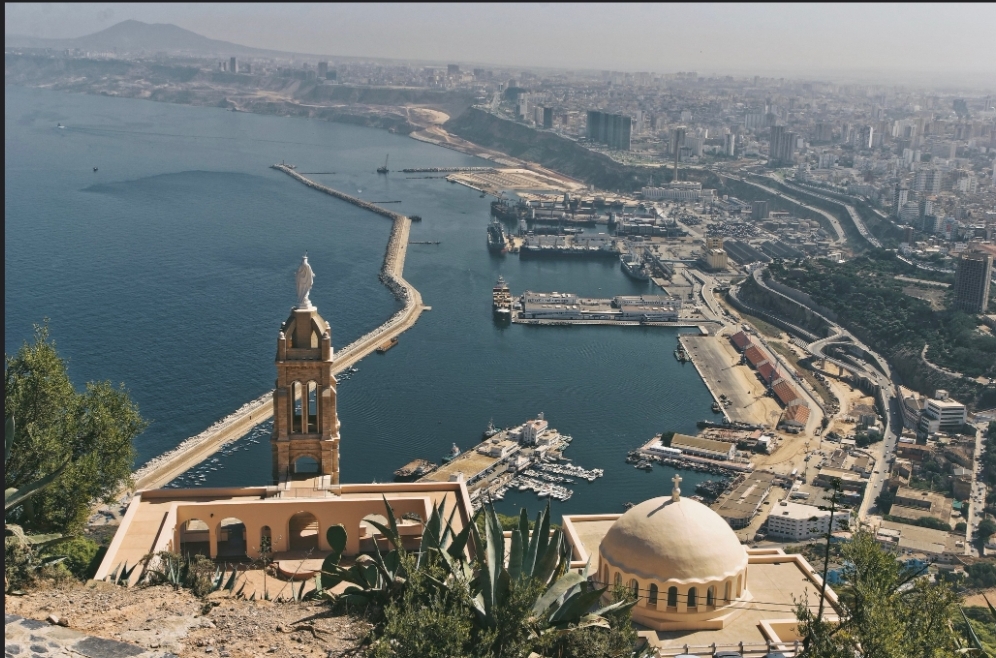
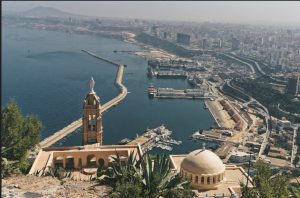
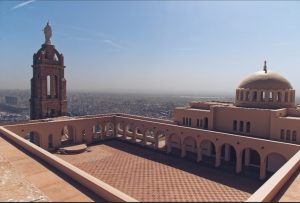
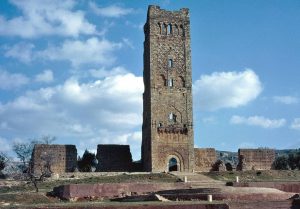
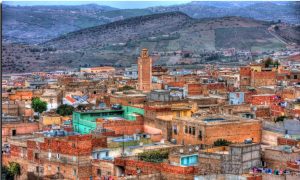
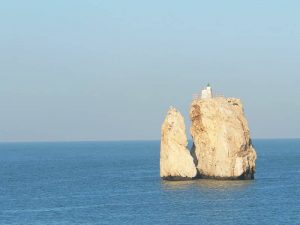
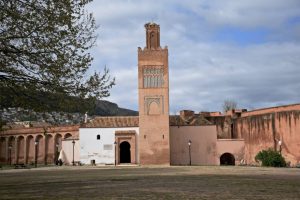
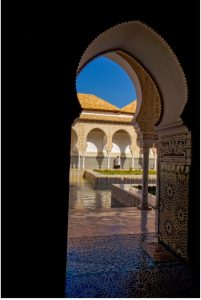
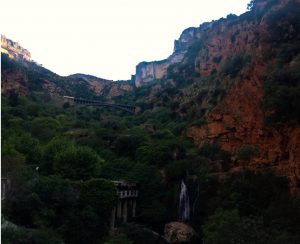
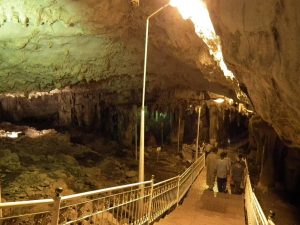
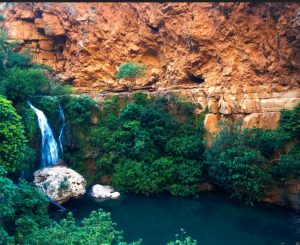
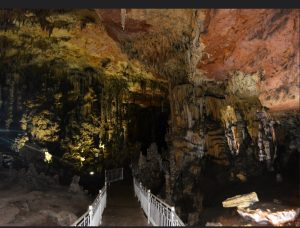
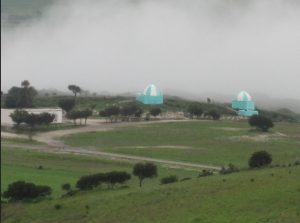
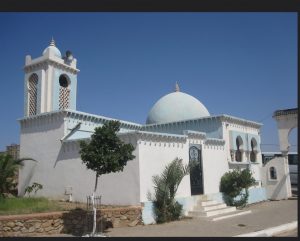
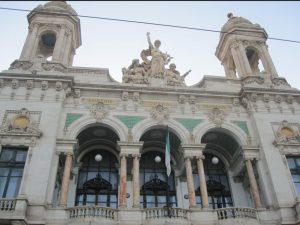
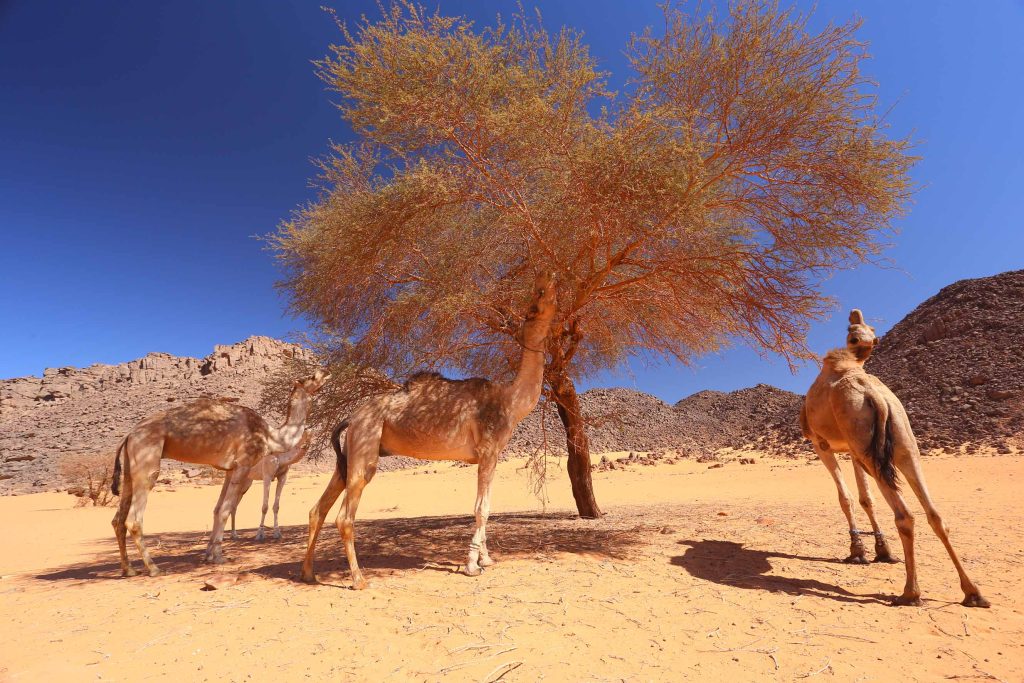
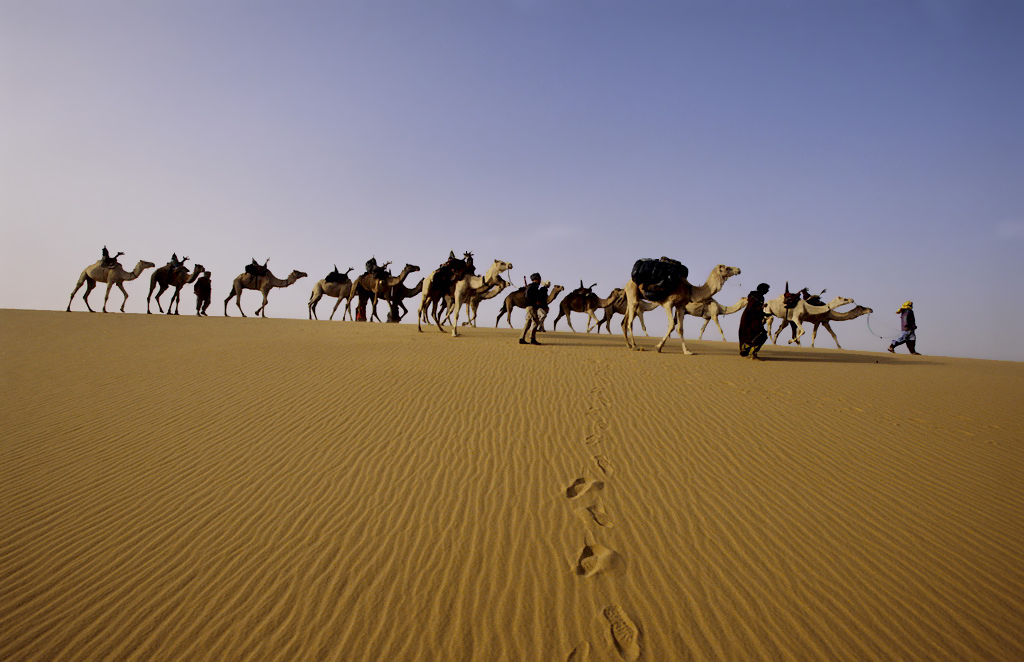
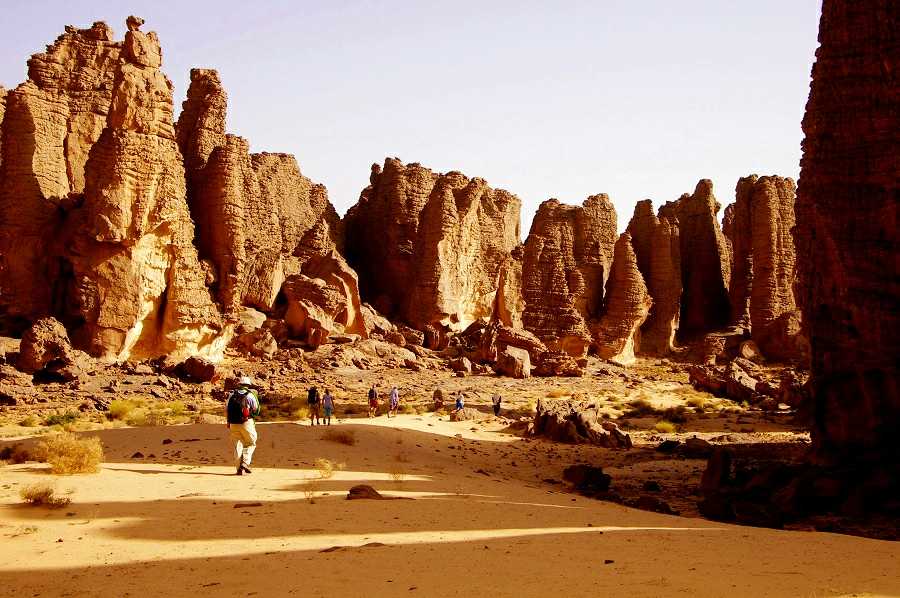
There are no reviews yet.